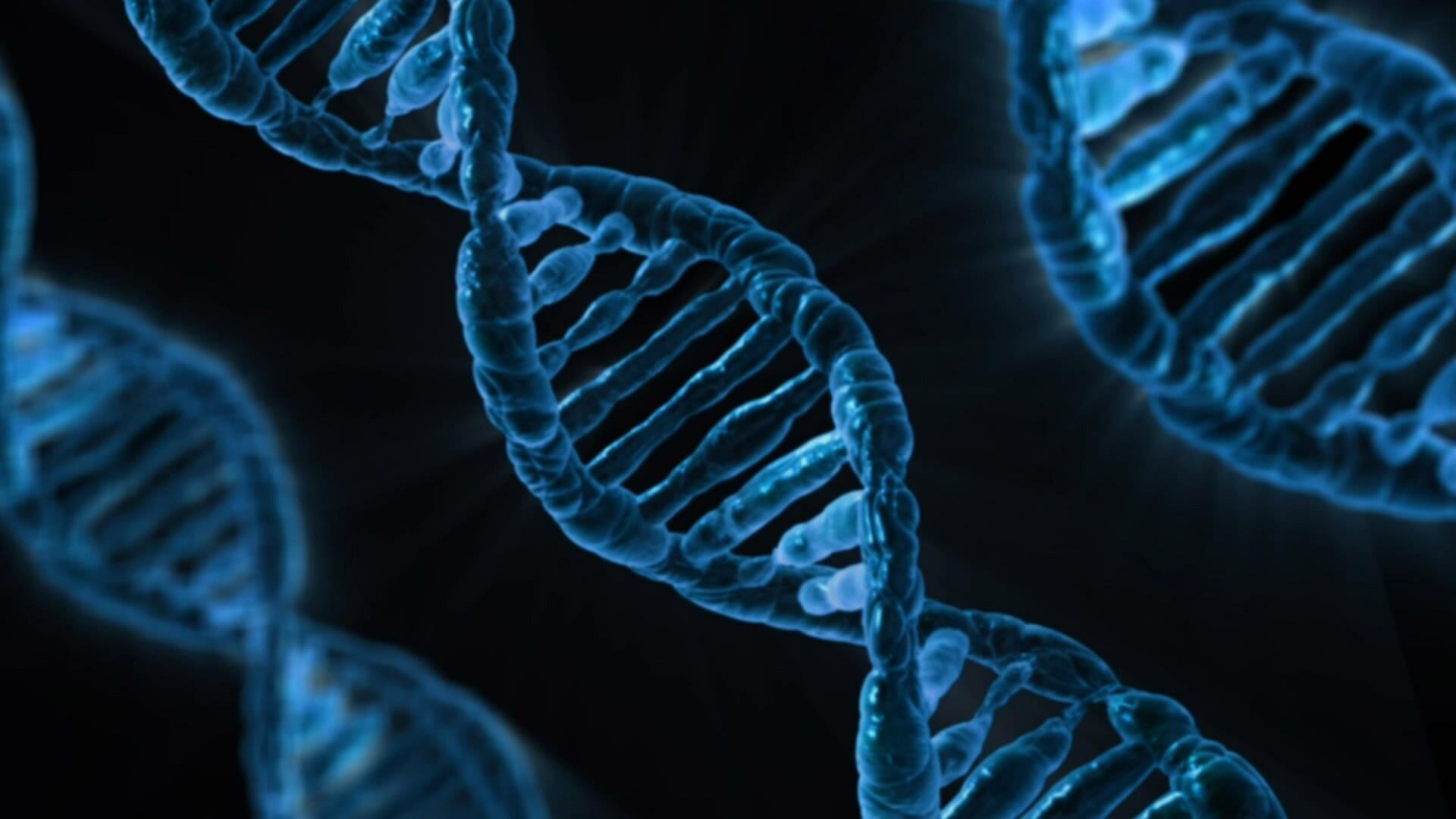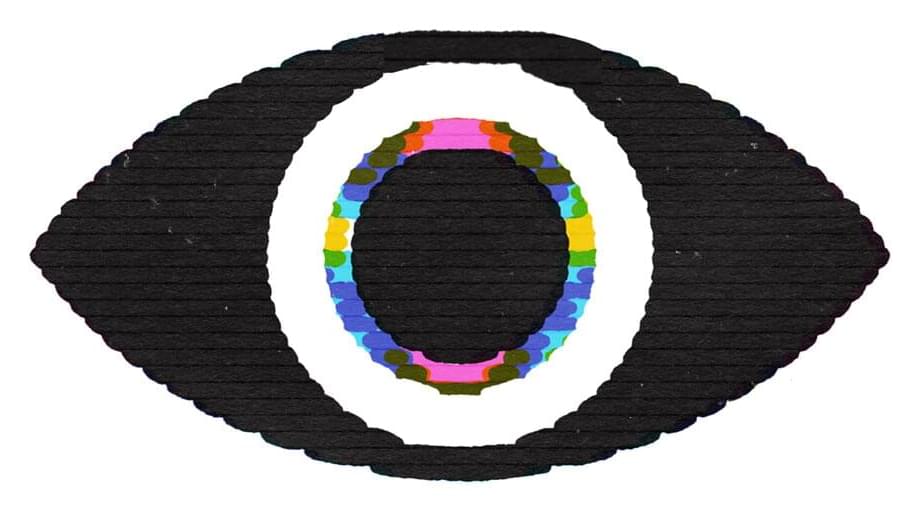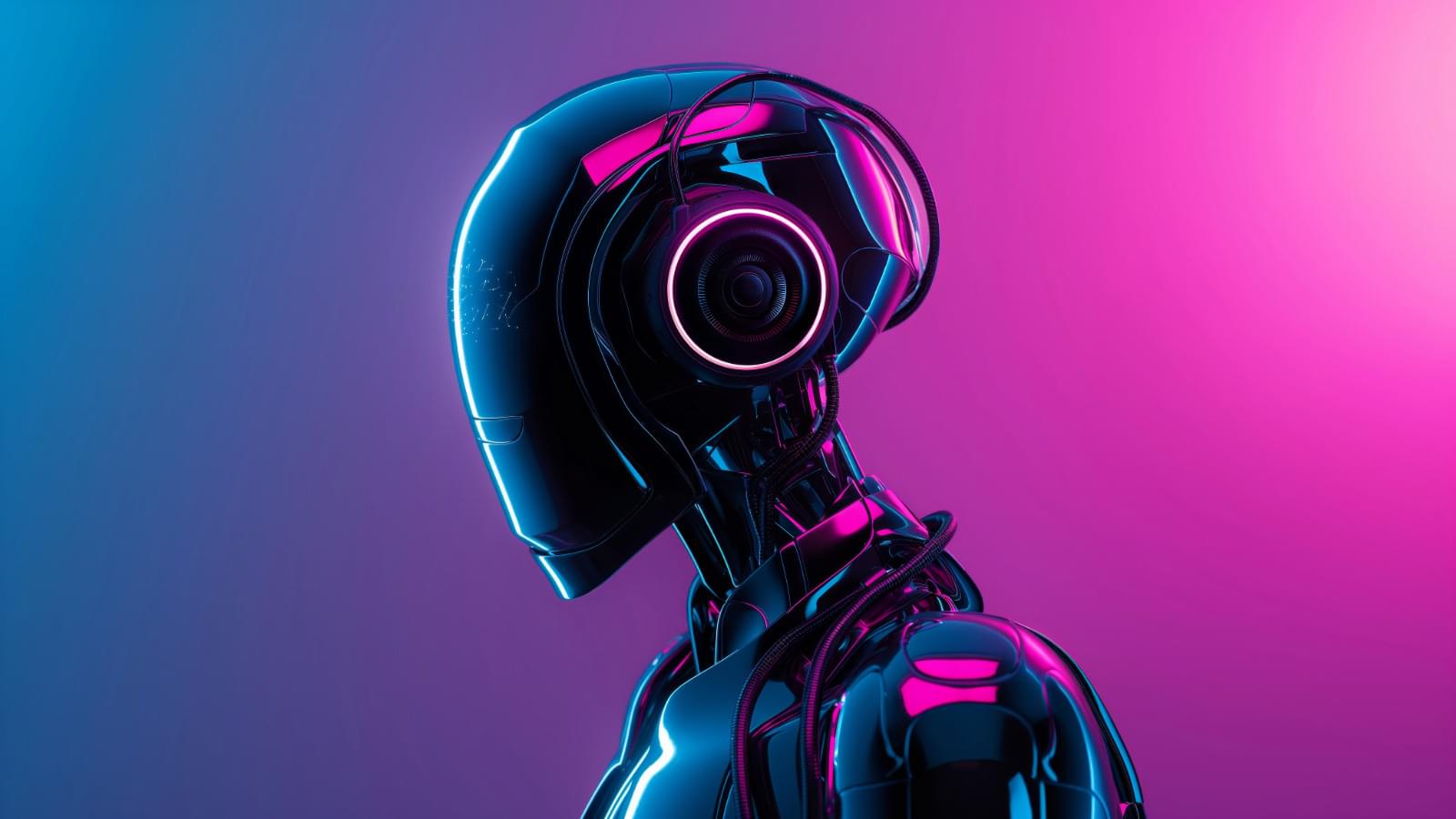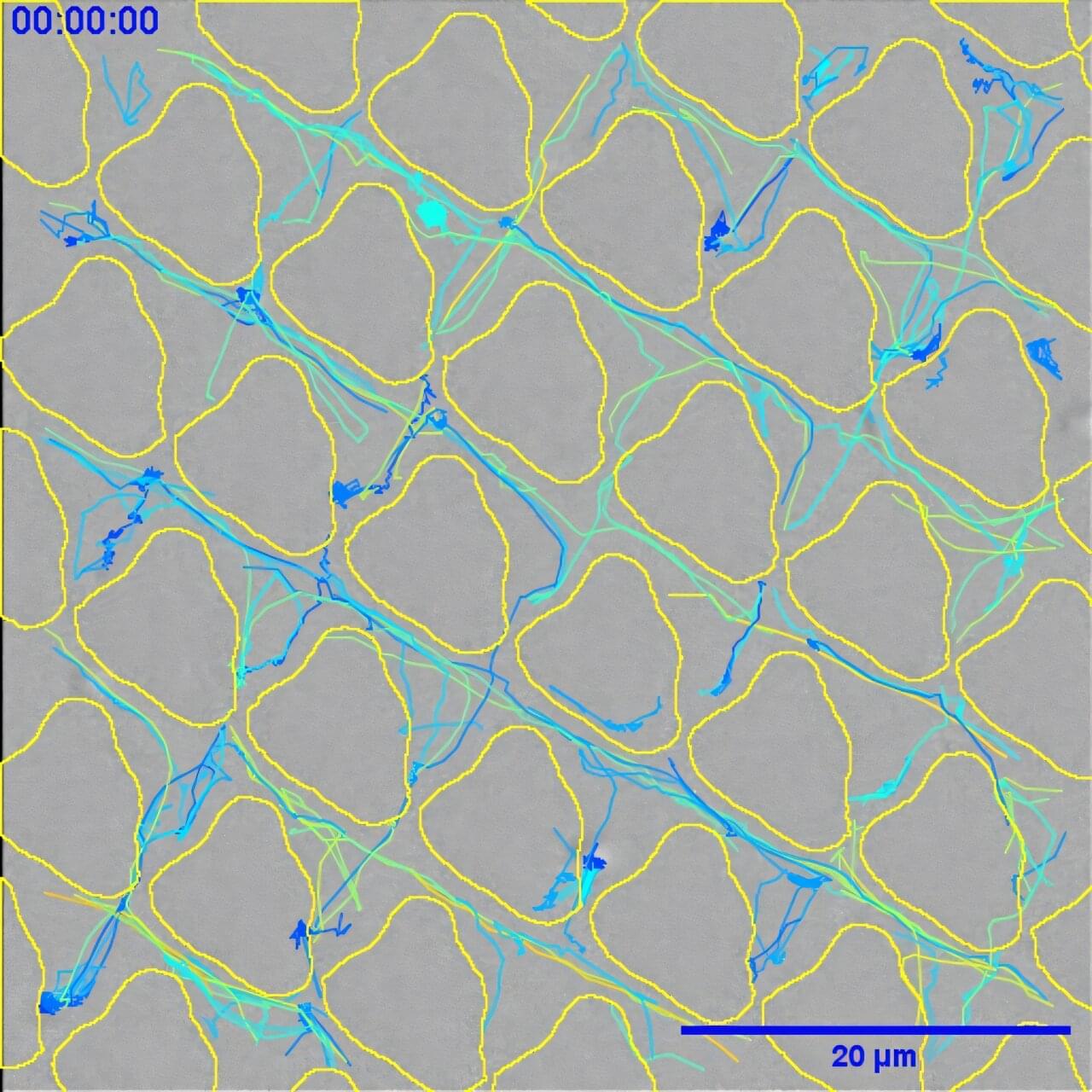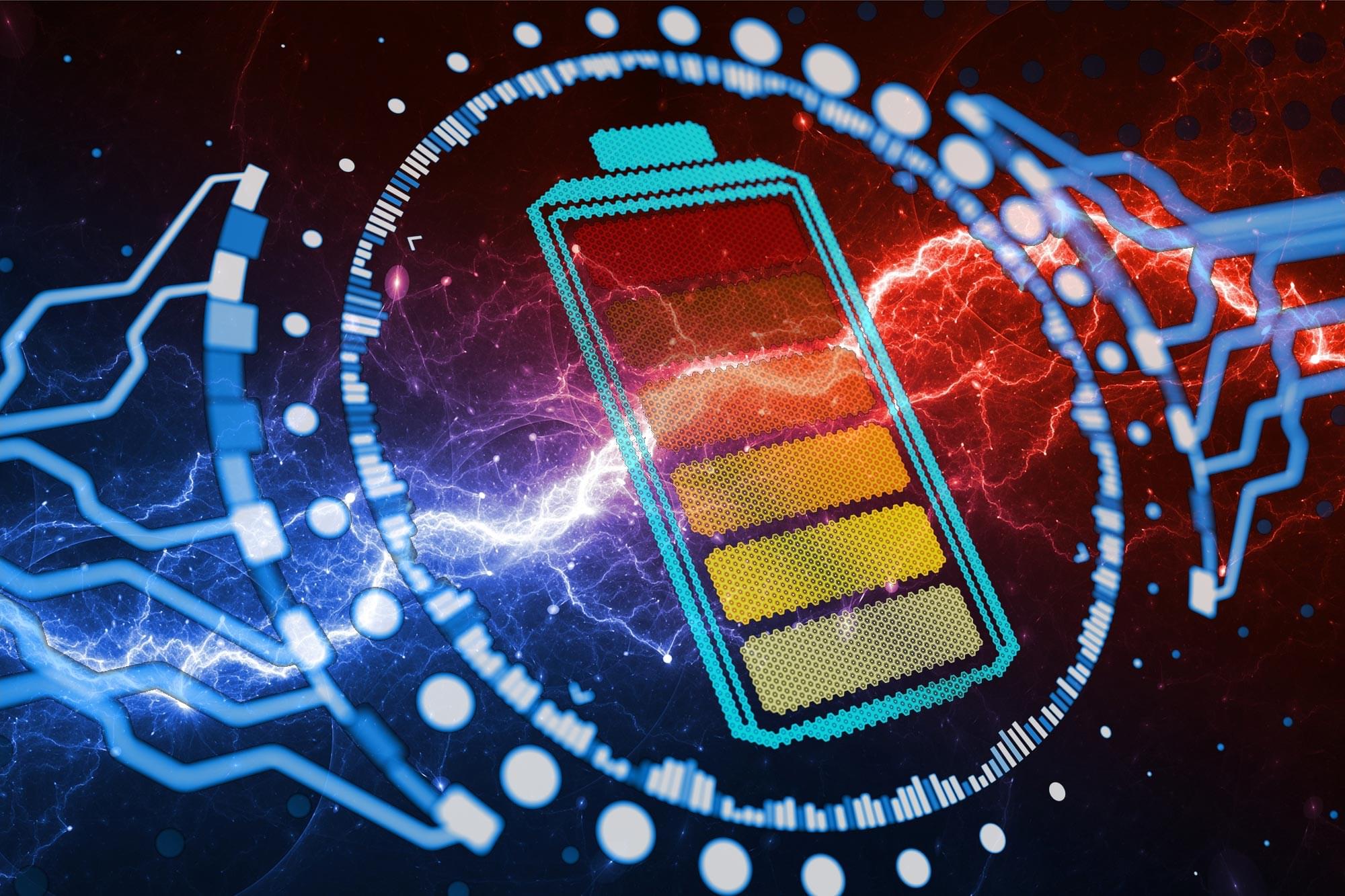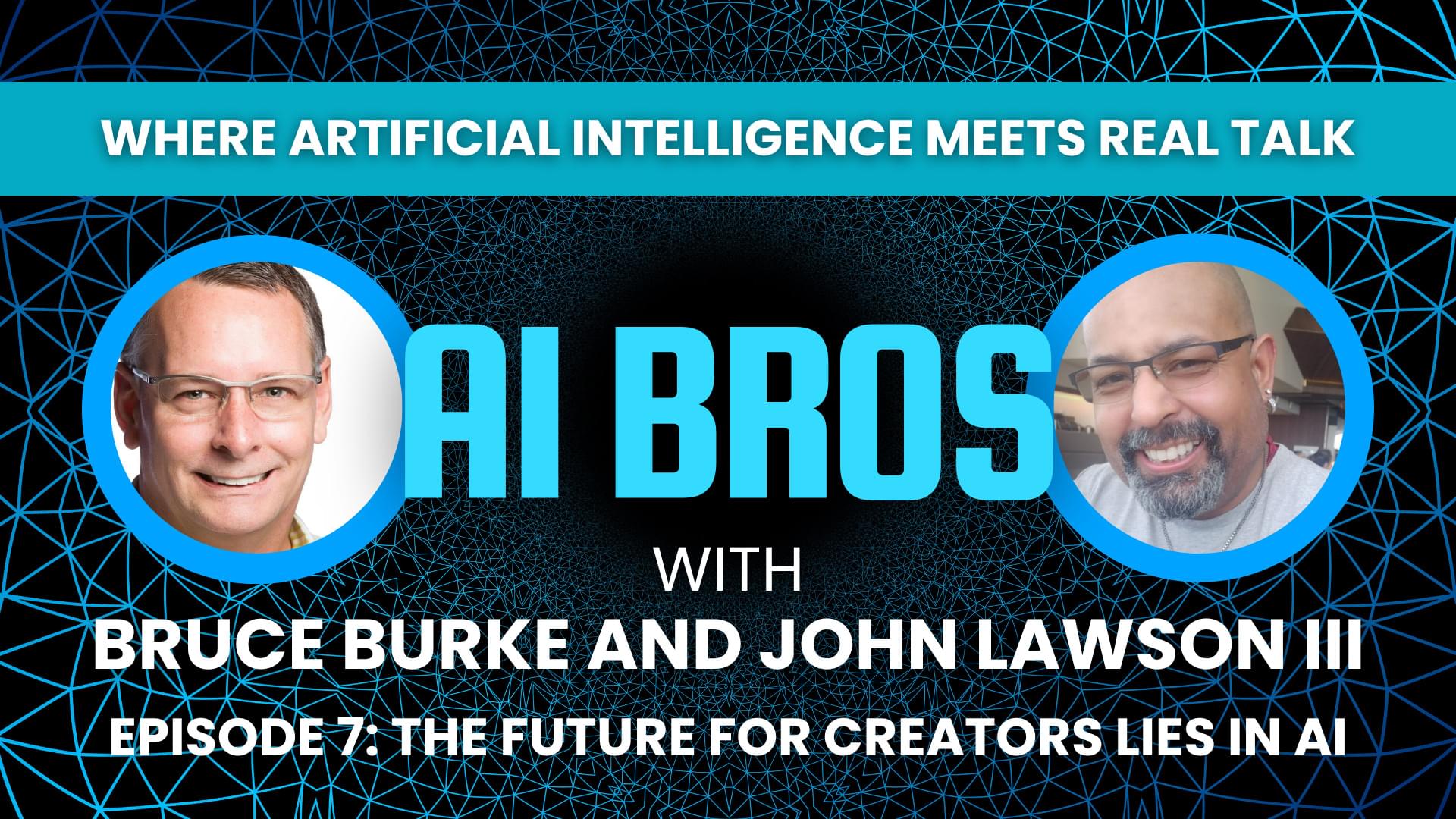Questions to inspire discussion.
A: Tesla is testing FSD in the Arctic and awaiting regulatory approval for cities like Paris, Amsterdam, and Rome.
🇸🇪 Q: Why was FSD testing denied in Stockholm?
A: Stockholm denied FSD testing due to risks for infrastructure and pressure from ongoing innovation tasks.
🤖 Q: What improvements are expected in Tesla’s Grok AI?
A: Grok 3.5 will be trained on video data from Tesla cars and Optimus robots, enabling it to understand the world and perform tasks like dropping off passengers.

